Last-Minute NYC Holiday Gift Guide 🎁
We’ve created a holiday gift guide with presents for the intrepid New Yorker that should arrive just in time—


Fort Tryon Park sits high above the Hudson River on land once home to several Gilded Age estates. The most luxurious of the estates belonged to wealthy Chicago businessman and horse breeder Cornelius K.G. Billings. In 1901, Billings bought twenty-five acres of land in what was then the countryside of northern Manhattan. Billings constructed a sprawling summer vacation home with sweeping views of the Hudson River and the Palisades on this land. Though Billings’ magnificent mansion no longer stands, you can still find remnants of it in the park today!
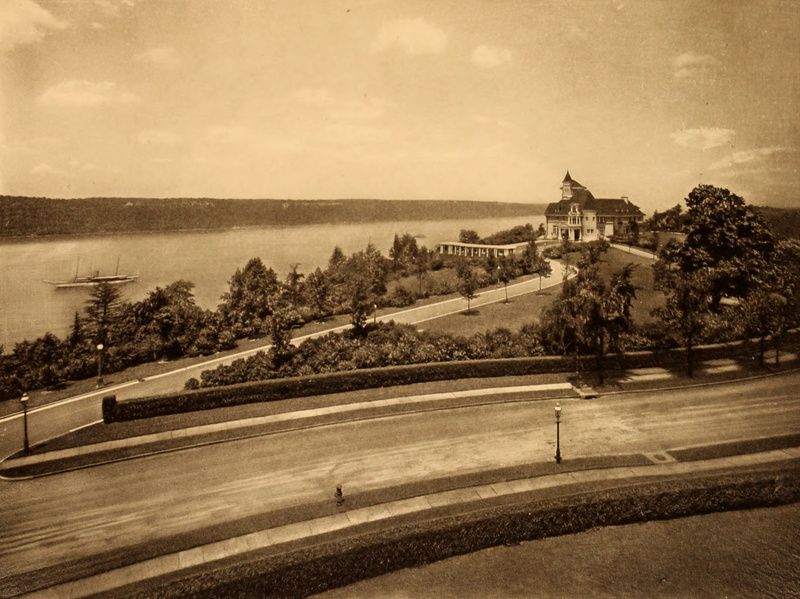
C.K.G Billings, the retired president of the People’s Gas Company of Chicago, started construction on his Manhattan estate in 1901. The incredible natural vistas of Fort Washington and his love for horse racing drew him to northern Manhattan, where he could be close to the Harlem River Speedway that once operated on Harlem River Drive. The New York Times reported that Billings’ estate, which was to feature a large mansion, stables for sixty horses, and an observatory from which to observe the panoramic views of the waterfront location, would “rival anything of its kind in the city.”
Architect Guy Lowell, who also designed the Supreme Courthouse in New York City, was commissioned to design a lodge on the property. The lodge was perched 250-feet above the Hudson River, overlooking Fort Washington Avenue and Riverside Drive at the highest point on the land. Billings was so taken by the stunning location that he instructed Lowell to enlarge the lodge and make it suitable as a year-round dwelling. Styled after a Louis XIV château, the 25,000-square-foot home featured glamorous amenities such as a heated swimming pool, squash courts, a “fumed oak” bowling alley, and a yacht landing at Dyckman Street. It was called Fort Tryon Hall. Along with the mansion, Billings had a “palatial stable” built “at the cost of $250,000.” Dubbed Tryon Towers, the stables were “finished throughout with Georgia pine, fitted with brass” and “the latest and most sanitary improvements,” according to The New York Times.
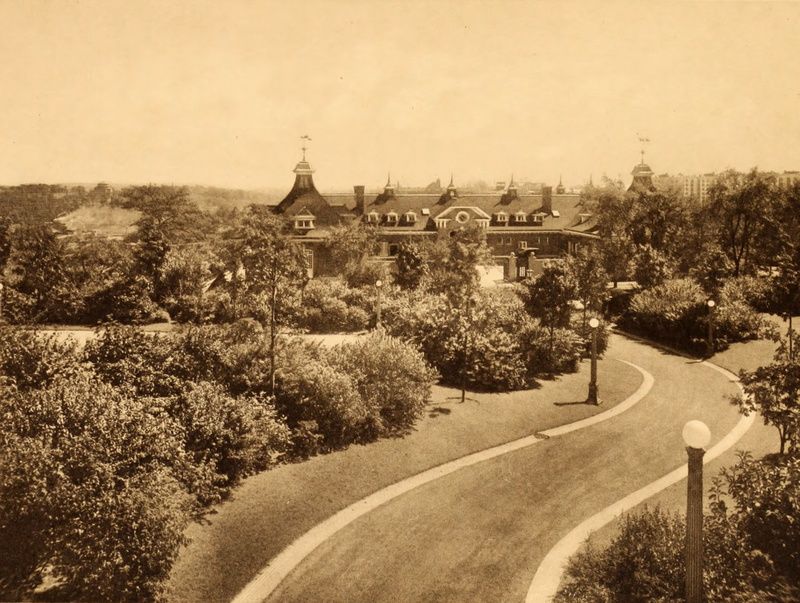
By 1917, after enjoying his Fort Washington estate for nearly fifteen years, Billings was ready to move on. He sold the property to John D. Rockefeller. Rockefeller planned to combine the Billings property with the neighboring Hays and Shaefer Estates and turn the land into a public park. Rockefeller originally wanted to tear down Fort Tryon Hall, but its architects’ protest made him change course. There was brief talk of making the estate an official residence of the mayor or turning it into a museum, but while the park’s plans lagged, Rockefeller rented the mansion to drug manufacturer Nicolas C. Partos. Before park plans materialized, the mansion, along with priceless works of art and other finery inside, burnt down in 1926.
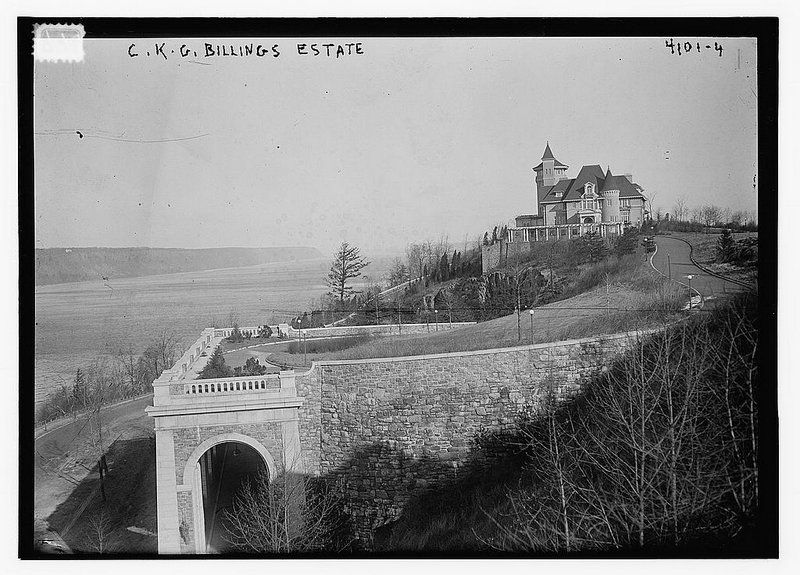
Four remnants of the many structures that once made up the Billings estate can still be seen in Fort Tryon Park today. The largest and most notable remnant is the driveway Billings had constructed at an estimated cost of $250,000. This private road would allow BIllings to have an easy and direct route to Riverside Drive, now the Henry Hudson Parkway. Billings hired architects Buchman and Fox to figure out a way to build a gently sloping road that would allow horses and carriages to easily traverse the 200-foot drop from the estate to Riverside Drive. The solution was to build a sort of bridge that extended over the edge of the hill, creating a wide curve “S” curve supported by “a high, graceful arch” at each end, with five smaller arches in between. It took 100 laborers more than a year to build the roadway out of stone quarried from the site.
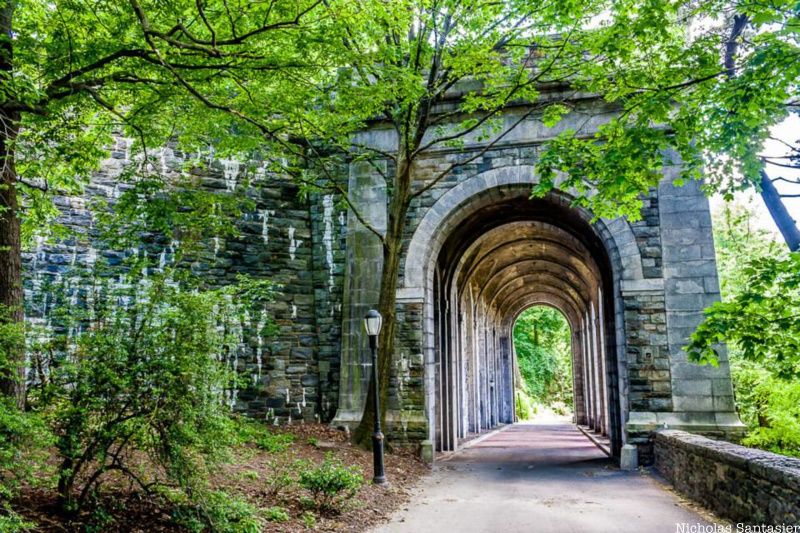
When Fort Tryon Park was created in the 1930s, the road beneath the bridge was turned into a pedestrian path and the driveway above was made into a lookout point. The Billings Terrace and Arcade are easily spotted from the Henry Hudson Parkway and can also be seen from above on Cabrini Blvd. You can walk down from the Billings Lawn and Terrace to access the Arcade. Underneath the arches, you can still see the beveled bricks the drive was paved with. These special red bricks made it easier for horses to navigate and helped prevent their hooves from slipping. Stone pillars at the end of the driveway mark the former location of a gate that led to Riverside Drive.
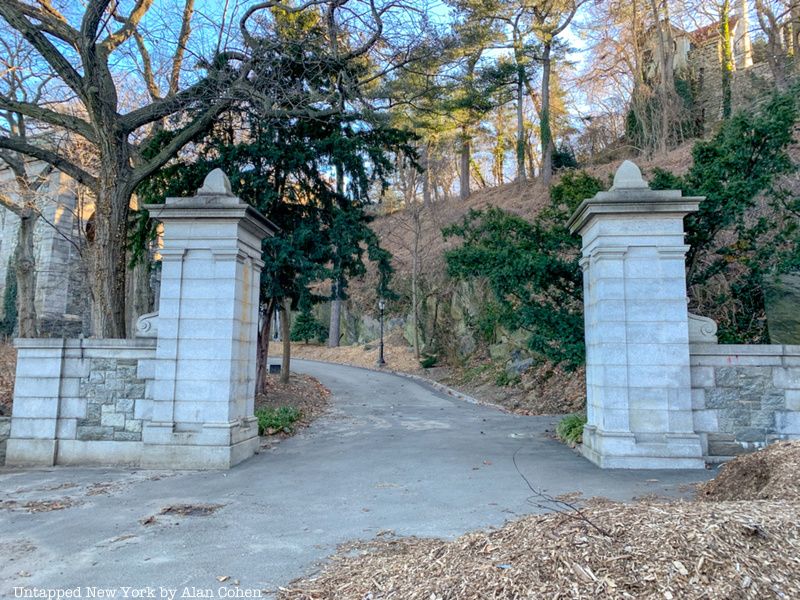
From the arcade, you can see another remnant of the Billings Estate, the former gatehouse, known today as the Fort Tryon Hall cottage. The three-story building appears deceptively small from its front entrance but expands at the top of the hill. When the estate property was turned into a park, the gatehouse served as a residence for the park’s superintendent and family. The stone and stucco building is now home to NYC Parks’ and Fort Tryon Park Trust offices. You can find the cottage next to the Heather Garden, just west of Corbin Circle.
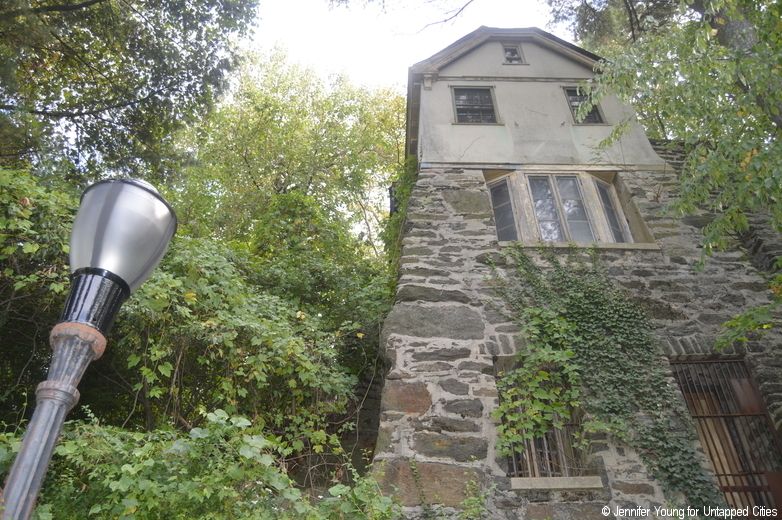
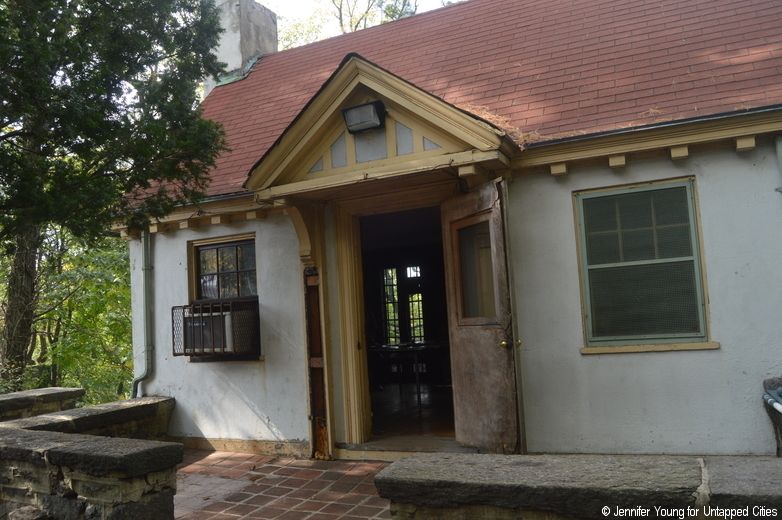
The last remnant of Fort Tryon Hall is a memorial plaque Billings funded in 1909. The large bronze and granite plaque commemorates Fort Tryon, the Revolutionary War stronghold that once occupied the site, and the brave soldier Margaret Corbin. When Margaret Corbin’s husband John, a cannoneer, was killed in battle, she took up his charge, cleaning and loading the canon until she too was wounded. For her efforts, Corbin became the first woman to receive a military pension and be buried at West Point. As the memorial reads, it was “erected under the auspices of the American Scenic and Historic Preservation Society through the generosity of C.K.G. Billings.” The main entrance and plaza of Fort Tryon Park were renamed for Corbin in 1977. You can find the memorial in the retaining wall north of Linden Terrace.
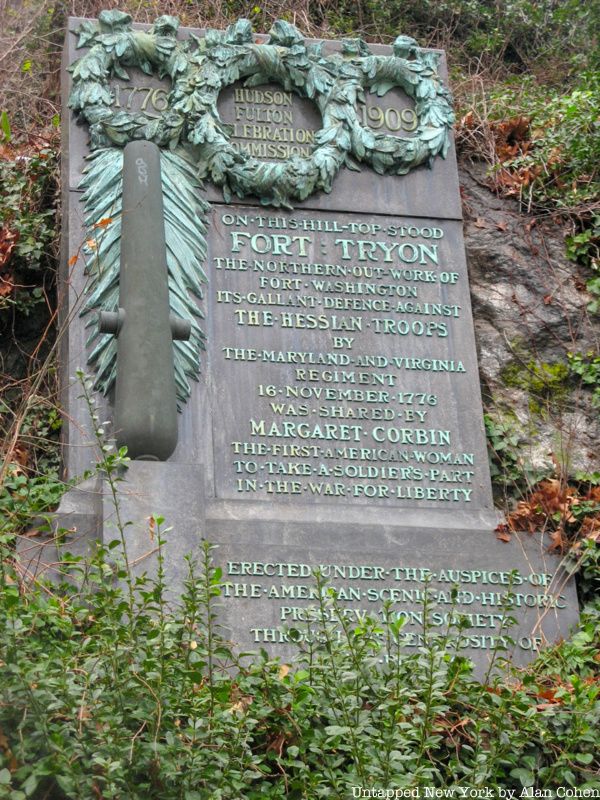
Next, check out more virtual talks and tours from Untapped New York and 6 Lost Mansions of Manhattan’s Upper West Side .
Subscribe to our newsletter